The Chesapeake Bay Retriever, affectionately known as the Chessie, is renowned for its strength, intelligence, and versatility as a retriever. Originating along the rugged, icy waters of the Chesapeake Bay, this breed is celebrated not only for its skill in waterfowl retrieval but also for its distinctive coat. The dense, waterproof double coat of a Chessie comes in an array of beautiful earthy colors, each contributing to the dog’s ability to blend into its natural environment during hunting. This article explores seven stunning coat color variations of the Chesapeake Bay Retriever, illustrating how each color suits the breed’s hardy nature and working background.
1. Deadgrass

The dead grass coloration in Chesapeake Bay Retrievers ranges from a faded tan to a creamy straw hue, mimicking the dead, dry grasses commonly found in marshy areas. This color provides excellent camouflage when the dog is retrieving in fields. The dead grass Chessies often exhibit a solid color but can have slighter lighter or darker shades. Owners value this color for both aesthetic and practical reasons, as it not only looks unique but also serves an important functional purpose during hunting sessions.
2. Sedge

Sedge refers to a reddish-gold to bright chestnut color found in the Chesapeake Bay Retriever. This variation resembles the vibrant, living grasses that line the edges of water bodies. Sedge-colored Chessies are highly prized for their striking, rich hue that shines beautifully in the sunlight. This color variation not only enhances the dog’s appearance but also reflects the breed’s storied history as a retriever in varied terrains, providing essential cover in autumnal reeds and grasses.
3. Light Brown

Light brown Chessies display a soft, sandy color that is both subtle and elegant. This shade is lighter than the typical chocolate but offers the same low visibility in outdoor settings, which is vital for a hunting dog. Dogs with this coat color blend seamlessly into the sandy shores and muddy banks of their namesake Chesapeake Bay. The light brown coat is less common than the darker browns but is equally equipped to handle the rigors of water retrieval without showing dirt or wear.
4. Dark Brown (Chocolate)
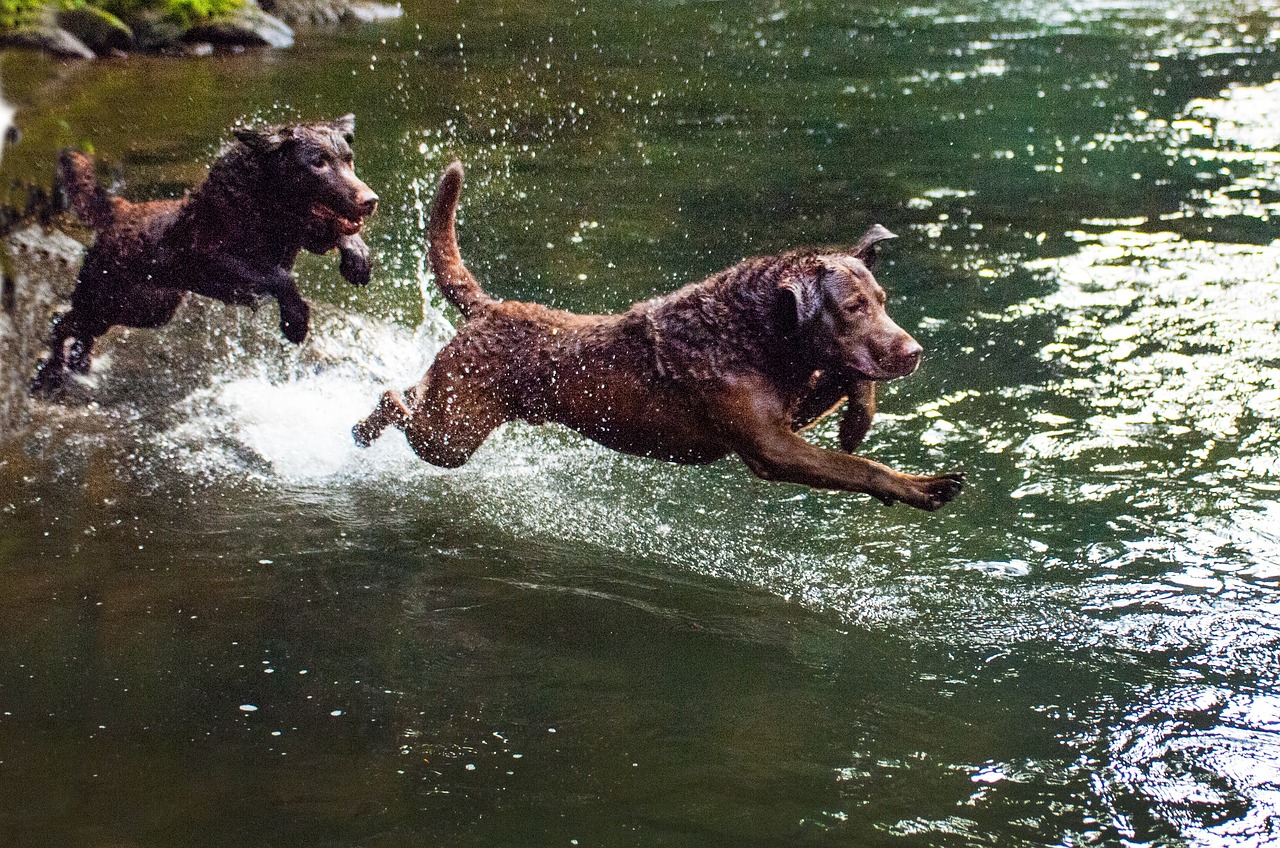
Dark brown, often referred to as chocolate, is one of the most common and recognizable colors in Chesapeake Bay Retrievers. This deep, rich color can range from a medium to a dark chocolate shade, reminiscent of the murky waters of the Chesapeake Bay itself. The dark brown coat not only appeals aesthetically but also provides practical benefits, as it does not show dirt easily and helps the dog maintain a clean appearance even after a day of work in muddy or sandy environments.
5. Ash
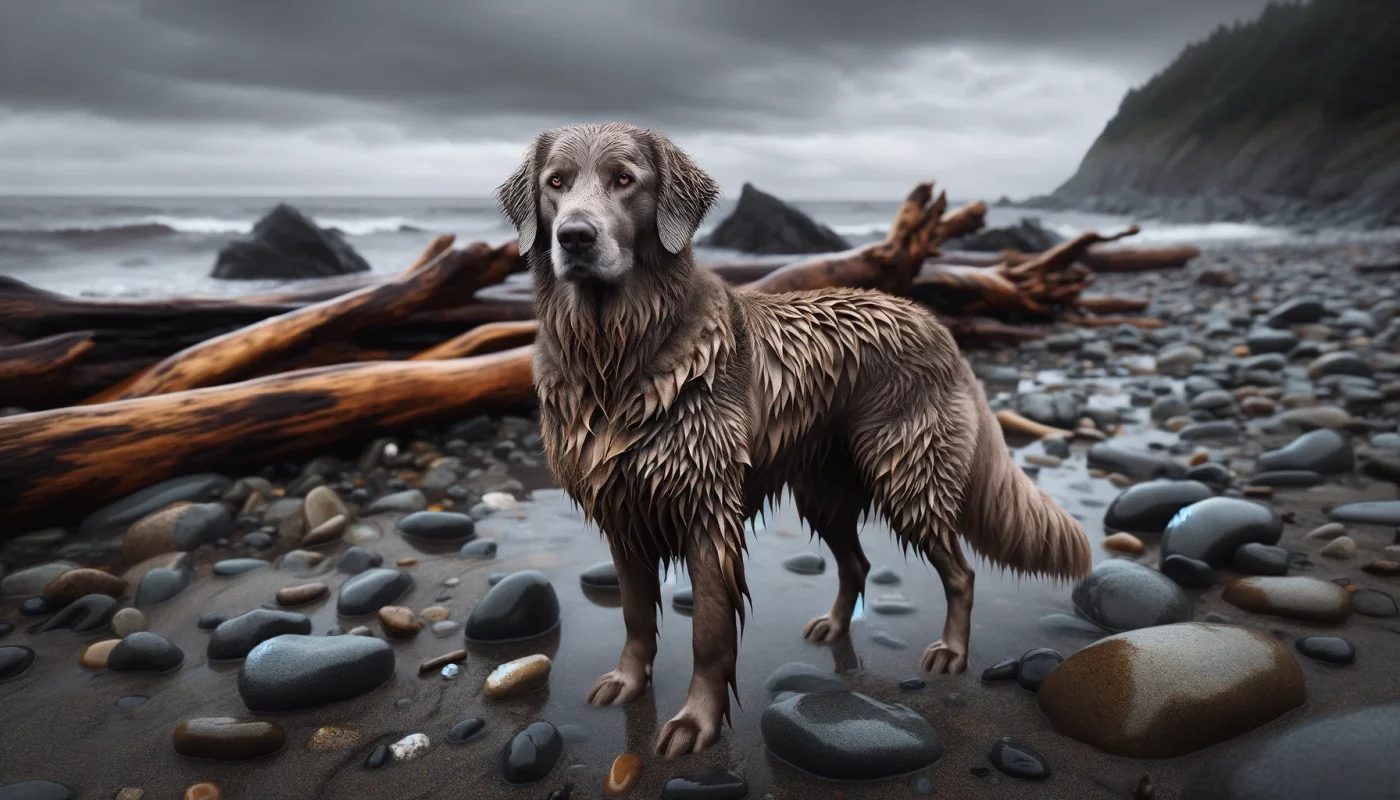
Ash-colored Chesapeake Bay Retrievers have a unique grayish-brown tone that sets them apart from their more traditionally colored counterparts. This rare coat color resembles the color of wet sand or driftwood, often found along riverbanks and coastal areas where these dogs work. The ash color is particularly striking against the Chessie’s rugged physique and dense coat, adding a layer of mystique and beauty to this already impressive breed.
6. Tan

Tan Chessies exhibit a warm, golden hue that is lighter than sedge but darker than dead grass. This color is perfect for dogs working in drier, grassier areas, where their coat color can match the sunlit fields and dry leaves. Tan Chesapeake Bay Retrievers often reflect the golden light of the sun, enhancing their natural beauty and ensuring they stand out in both competitive and casual environments.
7. Brown with White Markings

While not a solid color, some Chesapeake Bay Retrievers feature a primarily brown coat accented with modest white markings, typically on the chest, toes, or tail tip. These markings are considered acceptable by breed standards but are not as common. The contrast between the rich brown and the bright white can be visually striking, giving these particular dogs a distinctive appearance that can be especially appealing to dog show enthusiasts and pet owners alike.
The Chesapeake Bay Retriever’s variety of coat colors not only highlights the breed’s aesthetic appeal but also underscores its functional heritage as a premier waterfowl retriever. From the camouflaging dead grass to the striking ash, each color variation has a role in the breed’s working life and contributes to its storied history. These colors ensure that the Chessie is not only equipped for the task at hand but also a beautiful representative of its breed. Whether actively retrieving or simply spending a day with its family, the Chesapeake Bay Retriever is truly a stunning sight to behold in any of its vibrant colors.
Frequently Asked Questions About Chesapeake Bay Retriever Colors
1. What are the standard coat colors for a Chesapeake Bay Retriever?
Chesapeake Bay Retrievers come in three main standard colors recognized by most breed standards: dead grass, sedge, and various shades of brown ranging from light to dark. Deadgrass refers to any shade of faded tan to creamy straw, blending well with dry, dead grass landscapes. Sedge is a reddish-gold to bright chestnut hue, resembling the living grasses alongside bodies of water. The browns can vary from light sandy tones to deep dark chocolate, ideal for the murky and wooded terrains these dogs often work in. These colors are selected to provide camouflage while the dog performs its retrieving tasks in diverse outdoor settings.
2. Can Chesapeake Bay Retrievers be black?
No, black is not a recognized color for Chesapeake Bay Retrievers. The breed standards specify that the acceptable coat colors range from various shades of dead grass, sedge, and brown. While there may be very dark browns that might appear black under certain lighting, true black is not typical for this breed. This focus on earth tones over black fur is likely due to the breed’s historical use in hunting and retrieving in outdoor environments where darker earth colors provide better camouflage.
3. Are there any rare colors in Chesapeake Bay Retrievers?
While the most common colors are shades of brown, sedge, and dead grass, rare colors in Chesapeake Bay Retrievers include the ash color, which is a grayish-brown shade. Another less common color is a very light brown that approaches a beige hue. These colors are rare primarily because they do not fit the typical breeding standard preferences that favor more camouflage-friendly colors for hunting purposes. However, these rare colors can occur naturally due to the genetic diversity within the breed.
4. Do Chesapeake Bay Retrievers ever have markings or patterns?
Chesapeake Bay Retrievers can occasionally have white markings, although they are generally not desirable in the show ring according to breed standards. These white markings, if present, are typically limited to the chest, belly, feet, or tail tip. The breed standard allows for minimal white spots but prefers a solid overall color. Patterns like spots or brindles are not typical for this breed, as the focus is on solid colors that aid in camouflage during hunting activities.
5. How do coat colors affect the grooming needs of Chesapeake Bay Retrievers?
The coat color of a Chesapeake Bay Retriever does not significantly affect its grooming needs. Regardless of color, Chessies have a dense, waterproof double coat that requires regular brushing to maintain its condition and manage shedding. However, darker colors might show less visible dirt compared to lighter colors, potentially requiring less frequent baths. Regardless of the coat color, all Chesapeake Bay Retrievers benefit from regular grooming to preserve the health and functionality of their coat, which is essential for their work in water and rough terrains.
6. Can the coat color of Chesapeake Bay Retrievers change as they age?
Yes, the coat color of Chesapeake Bay Retrievers can change slightly as they age. Puppies may darken or lighten as they grow into their adult coats. For example, a puppy born with a very light dead grass color might develop into a deeper shade as it matures. Seasonal changes can also affect the shade of their coat, with some dogs exhibiting slightly lighter or darker fur depending on the season. These changes are generally subtle and do not alter the overall color classification of the dog.
7. Is coat color linked to health issues in Chesapeake Bay Retrievers?
There is no direct link between coat color and specific health issues in Chesapeake Bay Retrievers. Unlike some other breeds where certain colors are associated with genetic health problems, the variations in Chesapeake coat colors do not correlate with distinct health conditions. However, all Chesapeake Bay Retrievers, regardless of coat color, are prone to certain breed-specific health issues such as hip dysplasia, progressive retinal atrophy, and other genetic conditions that prospective owners should be aware of.
8. What is the genetic basis for color variations in Chesapeake Bay Retrievers?
The color variations in Chesapeake Bay Retrievers are primarily determined by the interaction of multiple genes that dictate the pigmentation of the coat. The primary pigment in Chesapeake coats is eumelanin, which can appear as different shades of brown depending on the genetic makeup. The dilution gene can affect these shades, lightening the colors from dark brown to dead grass or sedge. The genetics behind these colors is complex, involving several alleles at multiple gene loci that influence both color intensity and distribution.
9. How does sunlight affect the coat color of a Chesapeake Bay Retriever?
Sunlight can cause the coat color of a Chesapeake Bay Retriever to lighten over time. Extended exposure to the sun can bleach the fur slightly, especially in dogs with lighter colors like dead grass or light brown. This is a natural process and is usually more noticeable during the summer months when dogs are more likely to spend extended periods outdoors. Regular grooming can help minimize this effect by removing dead and lightened fur, keeping the coat’s color as vibrant as possible.
10. What color Chesapeake Bay Retrievers are most sought after?
The most sought-after color in Chesapeake Bay Retrievers tends to be the classic dark brown (chocolate), as it is rich and aligns closely with the breed’s traditional look. This color is favored for both its aesthetic appeal and its practical benefits, as it does not show dirt easily and effectively camouflages the dog in hunting settings. However, personal preference can vary, and some may prefer the unique shades of sedge or the rare ash color for their rarity and distinctive appearance.

 1 week ago
13
1 week ago
13

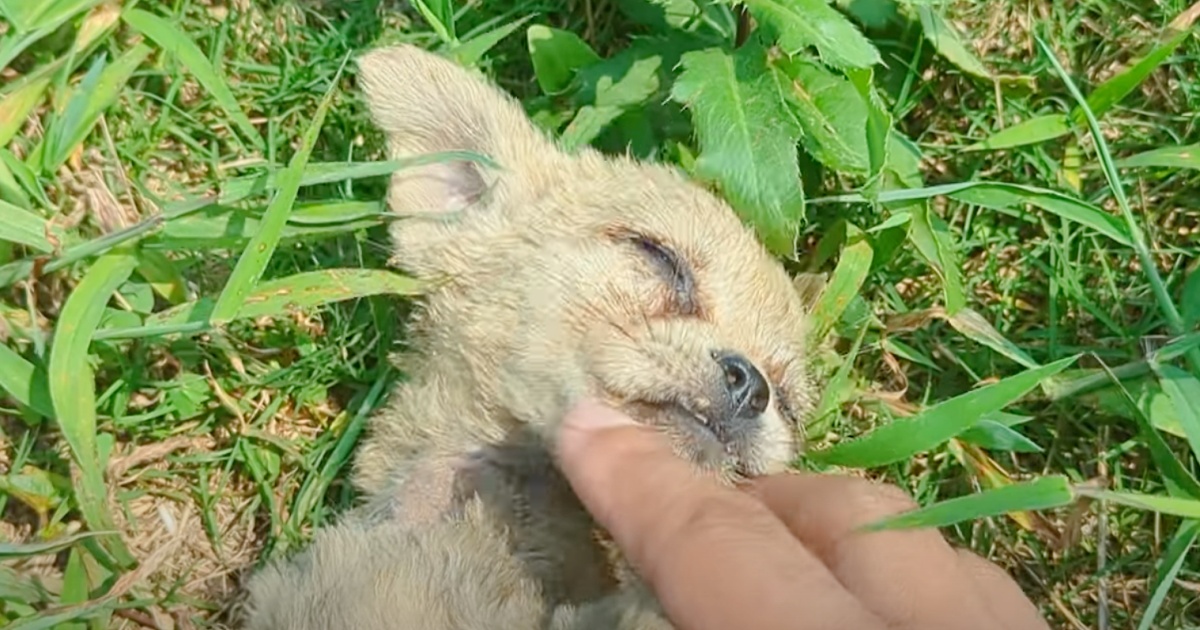






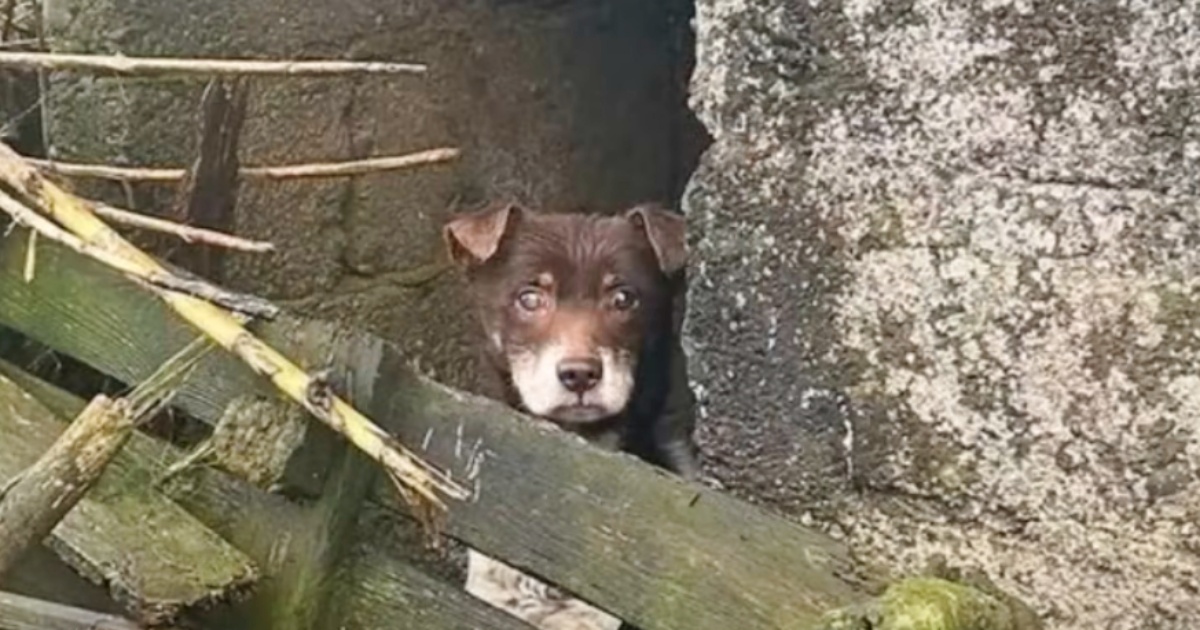

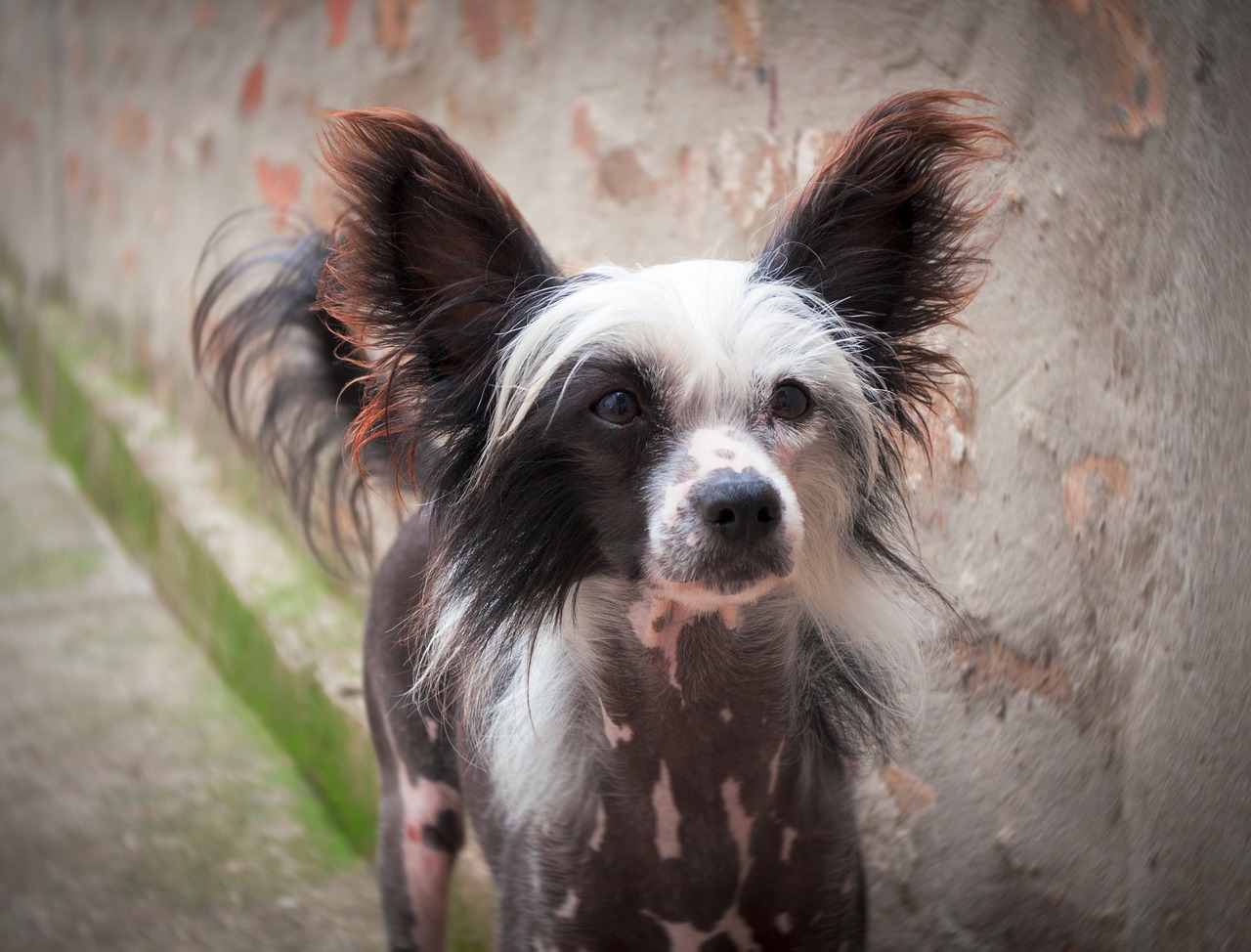


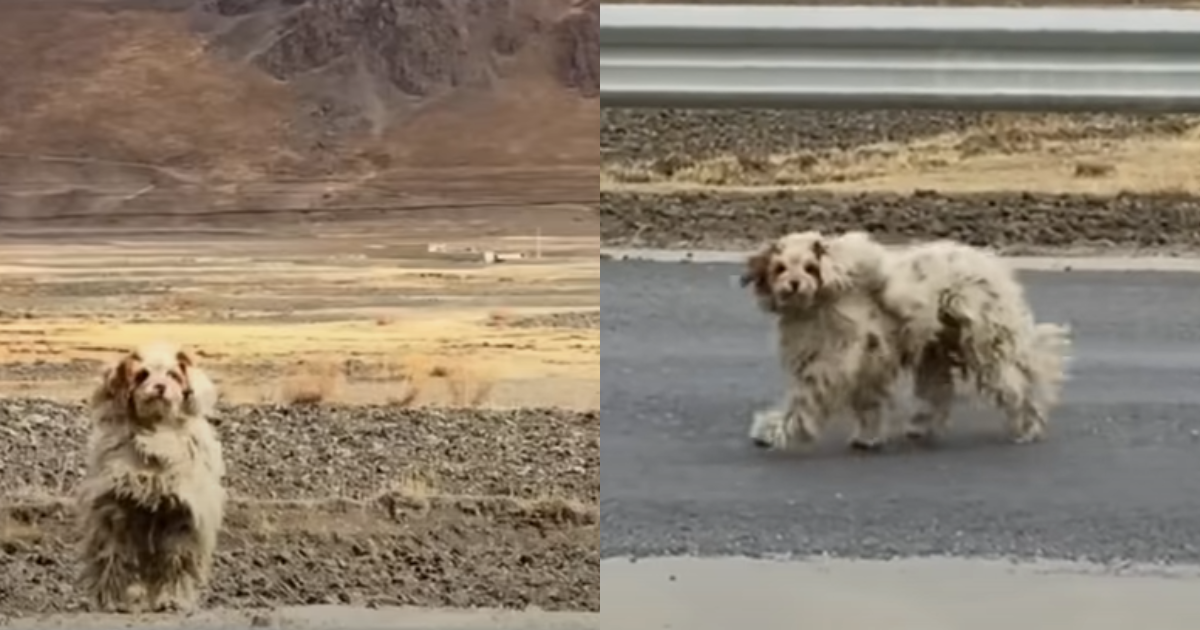

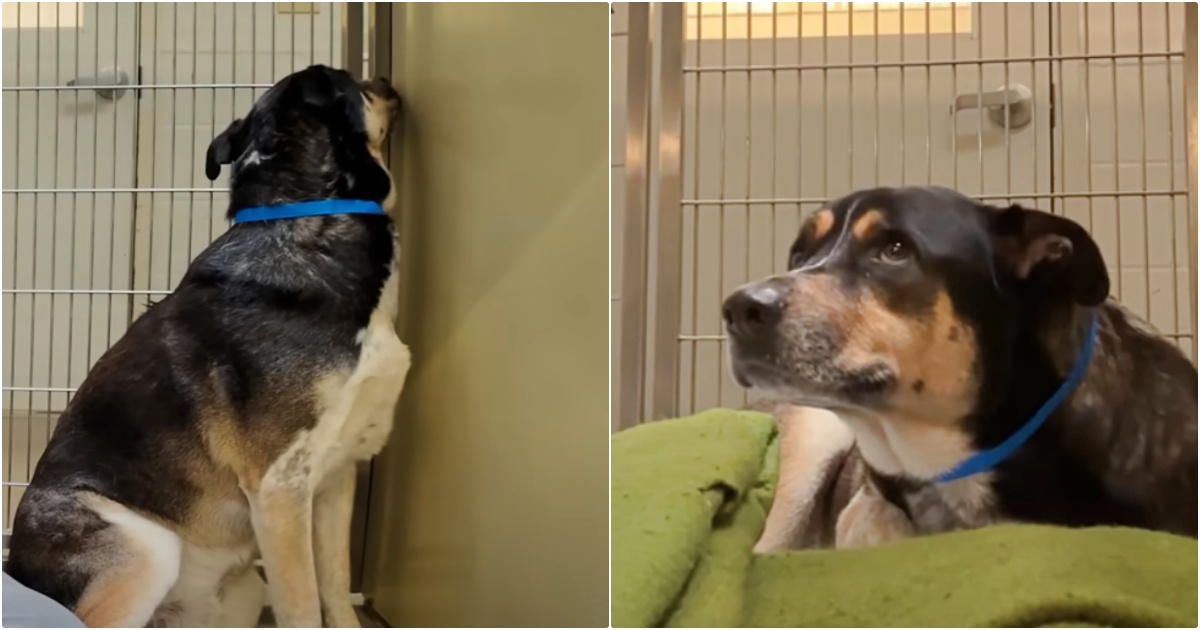
![Cost of a Borzoi Puppy by US Region [2024]](https://iheartdogs.com/wp-content/uploads/2024/04/borzoi-4950553_1280.jpg)
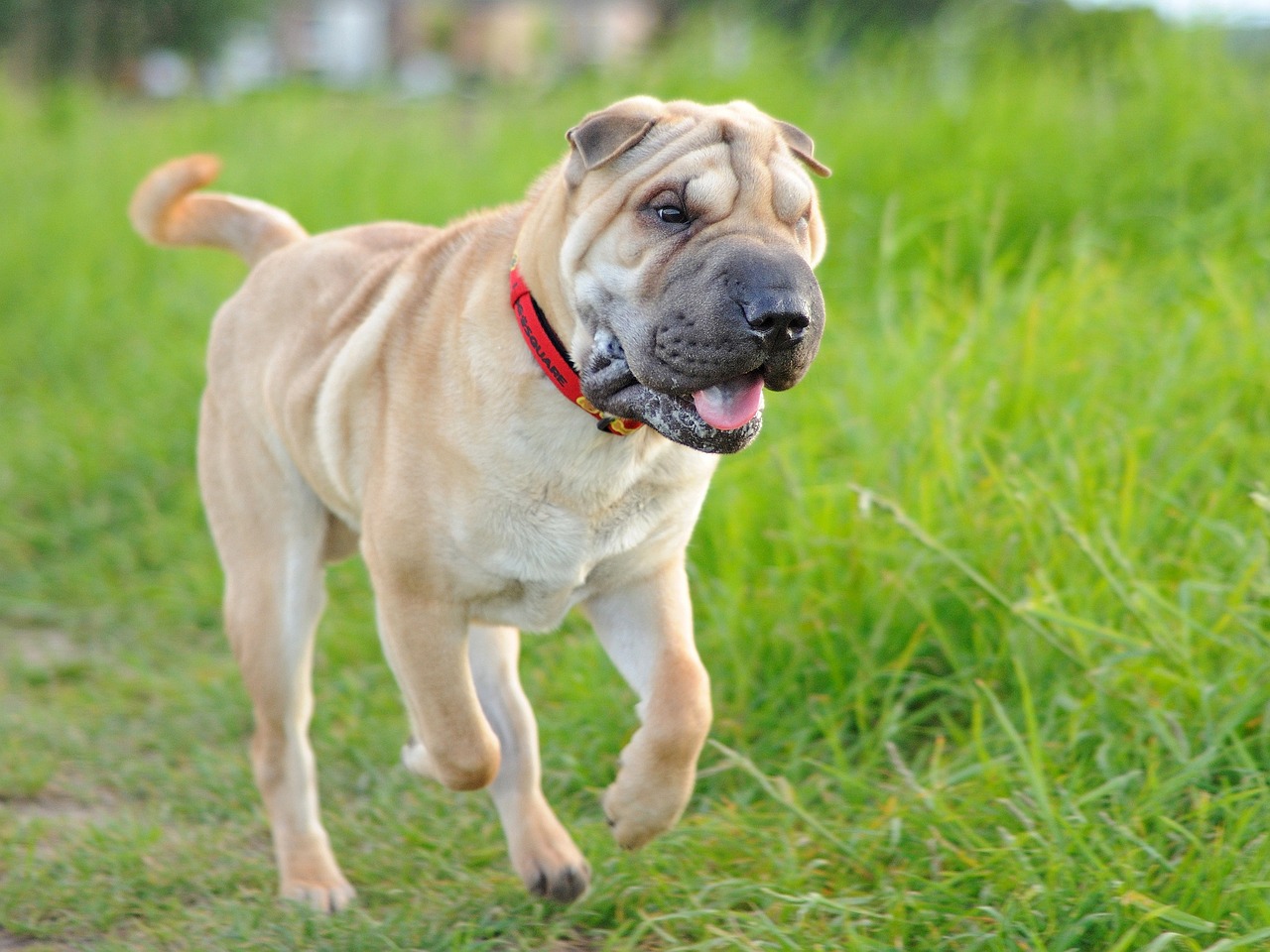
 English (US) ·
English (US) ·